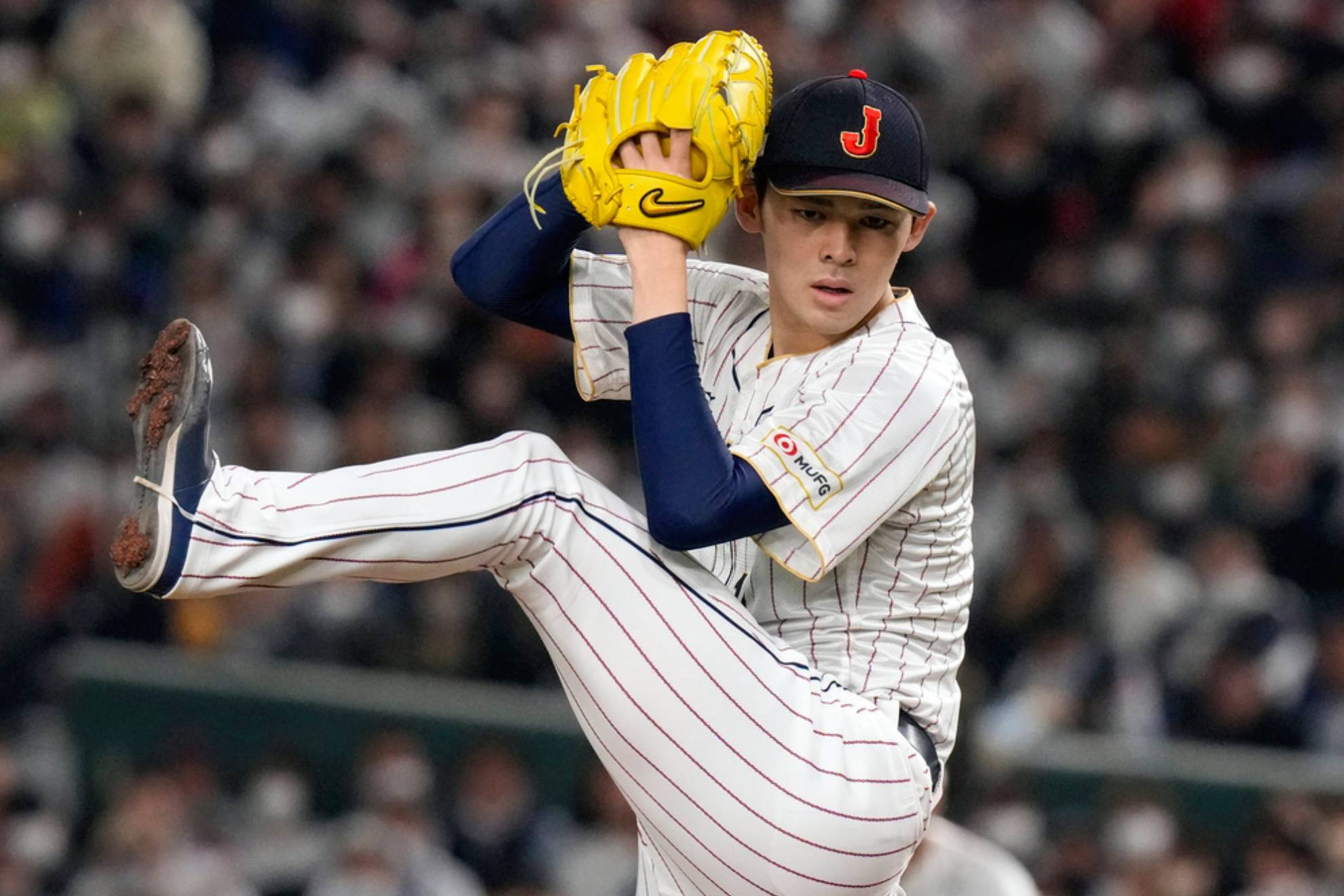Roki Sasaki, the highly anticipated Japanese pitching sensation, made his Major League Baseball (MLB) debut with the Los Angeles Dodgers during the Tokyo Series against the Chicago Cubs. The 23-year-old right-hander showcased his electric fastball, reaching speeds up to 101 mph, but also exhibited control issues, resulting in a mixed performance that has elicited varied reactions from baseball analysts and former managers.
Debut Performance Overview
Sasaki’s debut was a focal point of the Dodgers’ 6-3 victory over the Cubs at Tokyo Dome. In his three innings on the mound, he allowed one run on one hit, struck out three batters, and issued five walks. His pitch count totaled 56, with only 25 pitches landing as strikes, highlighting his struggle with command. Despite these challenges, Sasaki’s fastball velocity was impressive, with several pitches clocking in at over 100 mph.
Inning-by-Inning Breakdown
- First Inning: Sasaki began with a strong showing, retiring the side in order. He recorded his first MLB strikeout against fellow countryman Seiya Suzuki, delivering a 99.3 mph fastball.
- Second Inning: Control issues emerged as Sasaki issued two walks. However, he managed to escape unscathed, thanks in part to a line-drive double play turned by Miguel Rojas.
- Third Inning: Sasaki’s command further wavered, leading to an infield single followed by three consecutive walks, forcing in a run. He regained composure to strike out Michael Busch and Matt Shaw, ending the inning and his outing.
Reactions from Team Management
Dodgers manager Dave Roberts acknowledged the variability that comes with youth and talent, stating, “I think when you get youth and talent, which is Roki, what that introduces is variance. There’s going to be some really high highs, and then some things that you just don’t know that are gonna happen because of his inexperience.”
Former Japanese Manager’s Perspective
While specific reactions from former Japanese managers were not detailed in the available sources, the general sentiment within the Japanese baseball community reflects both excitement and tempered expectations. Sasaki’s transition from Nippon Professional Baseball (NPB) to MLB is viewed as a significant step, with an understanding that adjustments are necessary. His previous success in NPB, including a perfect game with 19 strikeouts in 2022, set high expectations. However, the consensus acknowledges that acclimating to MLB’s competitive environment requires time and patience.
Comparative Analysis
Sasaki’s debut mirrors the experiences of other Japanese pitchers who have transitioned to MLB. For instance, Shohei Ohtani faced initial challenges with control and adaptation but has since become a two-way star. Similarly, Masahiro Tanaka experienced early struggles before establishing himself as a reliable starter. These precedents suggest that Sasaki’s mixed debut is part of the natural progression for international players adjusting to MLB.
Statistical Insights
Analyzing Sasaki’s pitch data provides insight into his performance:
- Fastball Velocity: Averaged 98.0 mph, with eight pitches exceeding 99 mph.
- Strike Percentage: Threw strikes on 45% of pitches, below the MLB average of 64%.
- Splitter Usage: Utilized his signature splitter 15 times, but elicited only two swings, indicating potential predictability or control issues.
Path Forward
Sasaki’s debut underscores the challenges inherent in transitioning to MLB. His raw talent is evident, particularly his velocity and ability to generate swings and misses. However, refining his command and adapting to MLB hitters will be crucial for his development. The Dodgers’ coaching staff is likely to focus on:
- Enhancing Control: Reducing walk rates through mechanical adjustments and mental conditioning.
- Pitch Sequencing: Diversifying pitch selection to keep hitters off balance.
- Building Stamina: Gradually increasing pitch counts to transition from shorter outings to a traditional starter’s workload.



